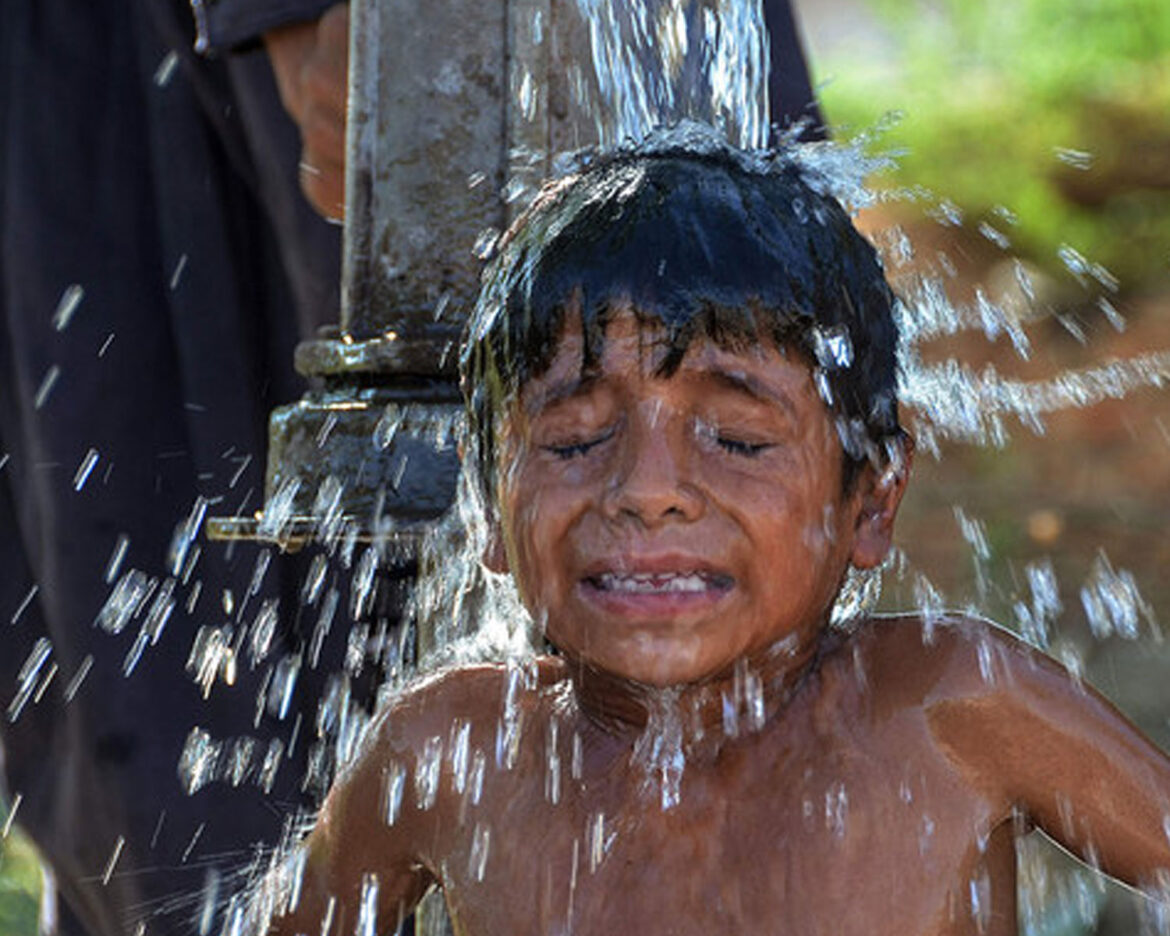Karachi, the bustling metropolis of Pakistan, grappled with scorching temperatures as the mercury soared to a blistering 39.5°C on Wednesday, coupled with a stifling humidity level of 63%. This relentless heatwave, marking the first time this summer that the city has experienced such intense heat, has raised concerns among residents and authorities alike.
The Pakistan Meteorological Department (PMD) issued a stern warning, forecasting the continuation of the ongoing heatwave for the next two days. This warning comes on the heels of a previous temperature milestone set earlier in the month, with Karachi registering a high of 40.2°C on May 19, making it the hottest day of 2024 thus far.
This sweltering heatwave holds historical significance, with Karachi recording its highest-ever temperature of 48°C on May 9, 1938. The recurrence of such extreme temperatures underscores the urgency for adaptive measures and climate resilience strategies.
The PMD attributed the prevailing weather conditions to continental air masses dominating most parts of the country, accompanied by a shallow westerly wave in the northern regions. Despite the forecast indicating mainly hot weather across the nation, the possibility of rain-thunderstorms offers a glimmer of relief for some areas, particularly in Gilgit-Baltistan and Kashmir.
Looking ahead, Friday is expected to bring further challenges, with very hot weather anticipated in southern regions, exacerbated by dust-raising winds. Additionally, isolated rain-thunderstorms may provide respite in Gilgit-Baltistan, Kashmir, upper Khyber-Pakhtunkhwa, the Pothohar region, and northeast Punjab.
The PMD’s data paints a grim picture of the extreme conditions gripping the nation, with Jacobabad topping the charts with a scorching 51°C, followed closely by Lasbela at 50°C. Other areas experiencing oppressive heat include Dadu, Sibbi, Turbat, and Mohenjo Daro, all recording temperatures above 49°C.
As Karachi and other parts of Pakistan brace for the relentless heatwave, authorities are urging citizens to take precautionary measures to safeguard against heat-related illnesses and to conserve energy to mitigate the strain on power resources. Amidst these challenges, the resilience of communities and concerted efforts towards climate adaptation remain paramount in navigating the impacts of extreme weather events.



